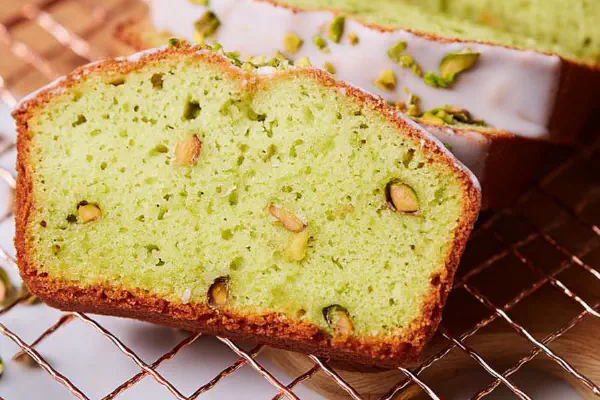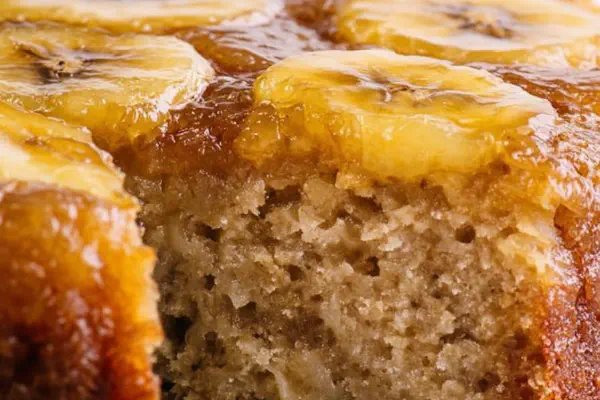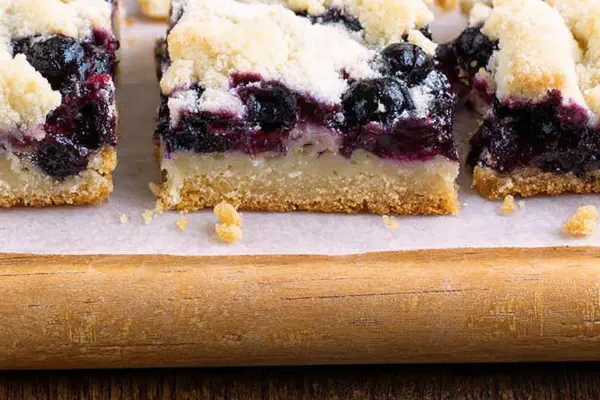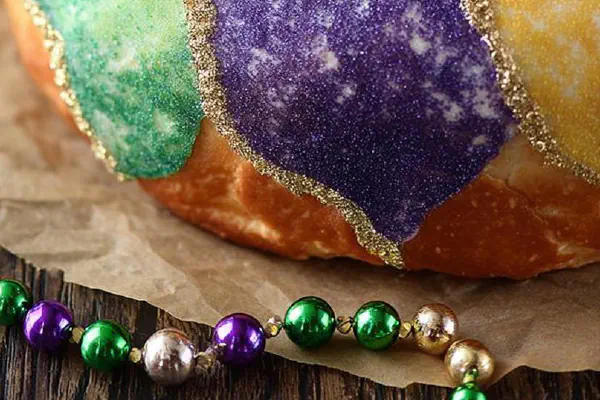Featured Recipe
Pear Upside-down Cakes Spiced Caramel
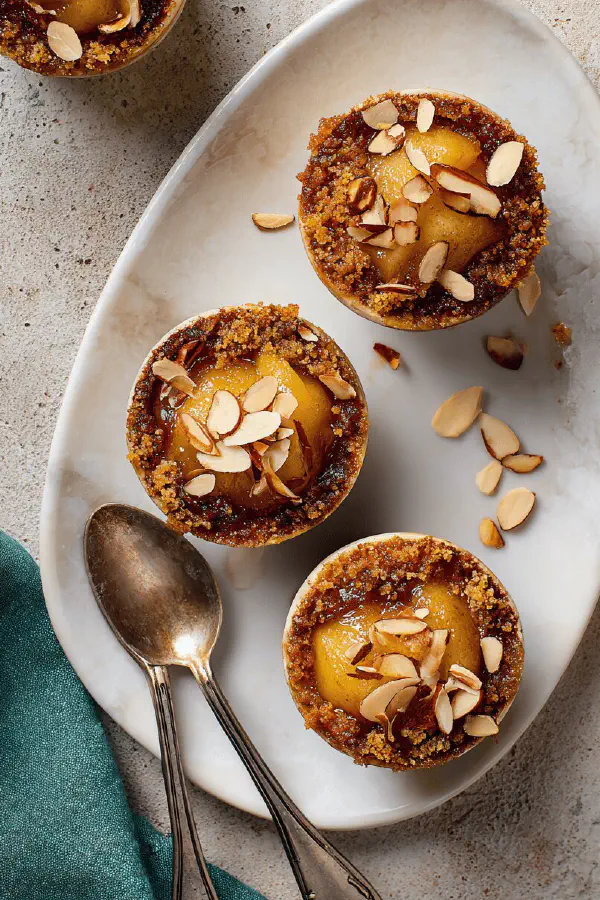
By Kate
"
Small individual pear cakes with sticky caramel infused by cinnamon and star anise. Pears caramelize in spiced sugar, then baked under a tender almond-scented crumb. Substituted cardamom for star anise for sharper aroma. Brown sugar swapped for coconut sugar—deeper, less sweet. Timing flexible; rely on bubbling caramel and golden crust cues. Caramel stage critical—too dark, bitter; too light, no depth. Poached pears in lightly spiced syrup swap offered for direct caramel treatment. Simple technique, rewarding caramel aroma fills kitchen. Serves eight. Took approximately 1 hour 30 minutes total with minor baking time adjustments.
"
Prep:
25 min
Cook:
70 min
Total:
95 min
Serves:
8 servings
dessert
pear
cake
almond
Introduction
Caramel? That brown, glossy beast you either nail or mess up. The sugar dancing in the pan, whispering madly, warning you when to stop or risk black bitterness. Pears don’t hold shape if mushy—firm but ripe, that balance. Nut flours add moisture differently, almond flour preferred for almond’s subtle sweetness and tender crumb. Vanilla bean? Pure magic, seeds and pod steep flavor unmistakable. Cardamom in place of star anise sharper, less clove-like, personal preference to brighten heavy caramel aroma. Cookies dry? Underbeat eggs and folding too heavy. Don’t rush caramel stage; watch bubbles—quietly thickening, darkening.
Ingredients
About the ingredients
Almond flour—key for texture here; too stiff or too thin batter wrecks crumb. Pears must be firm, otherwise they’ll dissolve, ruin shape. Cardamom pods cracked release oils—don’t skip bruise step or flavor stays faint. Vanilla bean provides deep vanilla nuance; if unavailable, good quality vanilla extract but add late—heat degrades aroma. Cane sugar can replace coconut sugar if latter unavailable; note caramel color and flavor differ. Butter for caramel essential; reduces crystallization risk and creates smooth sauce. Oil in batter keeps crumb tender and delays staling—don’t replace fully with butter or cakes toughen. Lemon juice cuts pear sweetness and lifts flavors; from experience, add no more than teaspoon to avoid sour.
Method
Technique Tips
Caramel needs patience; listen for sizzle to soften, watch color shift without rushing. Over stirring caramel shakes crystallization; stir only early stage. Removing spices before pouring caramel in ramekins avoids bitter pieces later. Baking individual ramekins ensures even cooking, avoids sogginess and mushy centers compared to single large cake. Batter folding crucial; aggressive mixing toughens gluten network—fold slow, deliberate. Testing bake done by touch—surface springy, skewer nearly clean—beats timer every time. Cooling briefly to set caramel before flipping prevents tearing cakes apart. Flipping too early? Use offset spatula and warm knife along edges. Leftover caramel drizzled over coffee or ice cream, saves waste, surprising flavor boost. Storage tight wrapped; caramel’s moisture attracts humidity and softens crisp edges.
Chef's Notes
- 💡 Watch sugar carefully; bubbling signals that caramel stage near. Too dark? Bitter taste. Too light? Lacks depth. Color is key.
- 💡 Pears must be firm; mushy ruins texture. Quince can work too, same approach. Check ripeness by squeezing, should give slightly.
- 💡 Baking ramekins helps even cooking. Prevent sogginess. Flipping needs caution—edges stick sometimes. Warm knife helps release cakes.
- 💡 Almond flour absorbs moisture differently. Adjust if using other nut flours—stuff changes. Overmixing batter? Tough cake texture. Go easy.
- 💡 Rest caramel briefly before flipping cakes—set but still sticky. Timing is everything. Test with skewer—should come out with crumbs.
Kitchen Wisdom
How to prevent crystallization in caramel?
Early splash of water helps. But dissolve before heating. Too much heat? Start over.
What's the best way to store leftovers?
Wrap tightly; moisture attracts humidity. If cooling, helps keep crispness. Freeze for longer.
What if my caramel burns?
Cut losses, fresh batch needed. Afterburnt taste ruins cake—dump and start again. Practice patience.
Alternatives for almond flour?
Cashews or hazelnuts work, but ratio changes. Adjust liquid; nut flours absorb differently. Mix textures.
